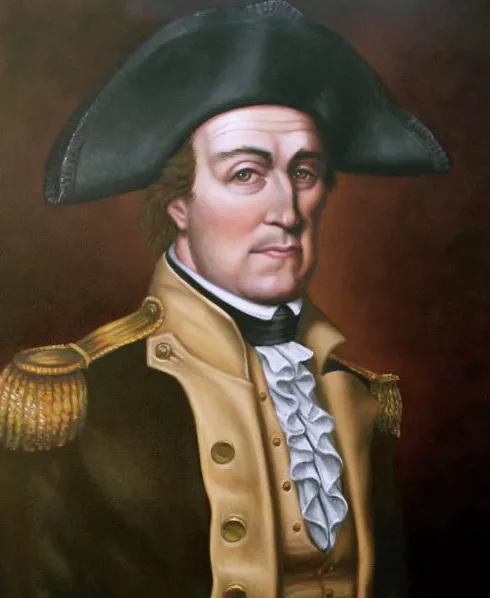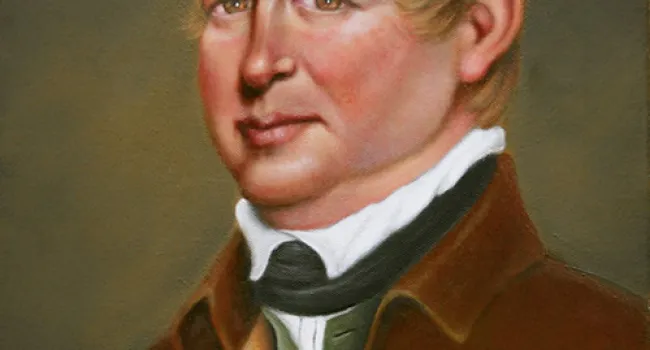
Colonel Elijah Clarke was the leader of the Wilkes County, Georgia militia. He along with Col. Isaac Shelby, leader of the Overmountain men militia, and Col James Williams, leader of the Little River militia, formed a new strategy for attacking the British. This new strategy involved the militia men hiding behind trees and/or rocks so they could take deadly aim at British and Loyalist soldiers. This was a type of fighting with no holds barred.
In the Battle of Musgrove Mill, this strategy for the patriots proved to be a ray of hope-- that the British forces were not invincible.
---
IMAGE CREDIT: The portrait of Colonel Elijah Clarke was painted by Thomas Kelly Pauley.
Standards
- 4.2.CE Examine the economic and political motivations for colonists to declare independence from Great Britain.
- 4.2.CX Contextualize South Carolina’s role in the development of the new nation.
- 8.2.CO Compare the motives and demographics of loyalists and patriots within South Carolina and the colonies.
- This indicator was developed to encourage inquiry into the economic, political, and social motivations of the patriots and the loyalists in the era of the American Revolution.
- 8.2.CE Explain the economic, political, and social factors surrounding the American Revolution.
- This indicator was developed to encourage inquiry into how the colonies began to unify to create a distinctive American identity over the course of events of the American Revolution.
- 8.2.CX Contextualize the roles of various groups of South Carolinians as the colonies moved toward becoming an independent nation.
- This indicator was developed to encourage inquiry into the motivations of colonists during the American Revolution and the progression of conflict and failed compromise that ultimately led to revolution.
Resources
You need to be logged in to listen to view this content. Create an account now; it's quick, easy, and free!
Log In to View



